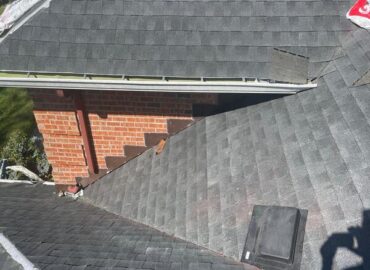- By Dionis B
- September 18, 2022
- Comments (0)
The only thing worse than not having a fireplace in the winter is having a fireplace and no way to use it! If your chimney has been damaged or starts to leak smoke and soot into your home, you’ll need to hire chimney liners to fix it, but what should you look for when choosing one? Here are some things to consider as you search for chimney liner services in your area
A chimney liner is a tube installed inside a chimney to prevent the inner walls from contacting hot smoke and gas. A broken, damaged, or deteriorated liner can lead to a lot of trouble. As well as potential structural damage, there’s also the potential for dangerous gasses such as carbon monoxide to leak into your home.
Luckily, if you find that your existing liners need replacing, there are several things you can do. It’s essential to have your chimney inspected annually by a certified technician. If your liner has come loose and fallen out of place, call an experienced chimney service professional who will take care of it promptly.
It may be necessary to replace the liner if it’s cracked, broken, corroded, burnt through, missing pieces, or soiled beyond repair.
The process of work is:
- An industrial vacuum removes any creosote, soot, or ash built up over time, making it easier for the liner installer to install the liner and finish work.
- Any wall bricks that need removal can be carefully pulled down with a hammer and chisel and set aside so they can be reattached after the liner is installed.
- The inside of the chimney will be cleaned out from top to bottom by a qualified staff member using a dust mask, gloves, protective eyewear, and other protective equipment, such as heavy-duty overalls, for added safety.
- Once all brickwork inside the chimney has been cleared away, you’ll want to ensure there are no old broken pieces of liners left behind – if there is, don’t worry because these can be safely removed with a few taps from a rubber mallet.
- In some cases, your installation crew may decide that additional preparation work needs to be done before installing your new liner, which includes repairing cracks or voids in your brickwork (if there are any) and installing metal flashing at vulnerable spots such as where pipes come through the side walls.


